What gets cats to bring less prey home.
Cats. Born to be wild, obligate carnivores and relentless predators. Folks who allow their cats outdoor access often complain about their cats’ killer habits – especially when they bring dead birds and rodents home. Many people are also concerned about the potential impact of cats on native wildlife, especially on birds. It should be stated that not all ecologists agree that cats are a serious threat to birds. According to the Royal Society for the Protection of Birds, “…despite the large numbers of birds killed by cats in gardens, there is no clear scientific evidence that such mortality is causing bird populations to decline.” That said, many of us would probably not be sad if cats could get by while hunting less.
We accept that feline hunting behavior is innate, but can anything be done to discourage it? A new study, Provision of High Meat Content Food and Object Play Reduce Predation of Wild Animals by Domestic Cats Felis catus, looked at five interventions, and whether they led cats to hunt less.
How the science happened
A total of 355 cats from 219 households participated in the study, which lasted three months. In all cases, the owners spent seven weeks logging their cats’ usual hunting behavior before the interventions were implemented. They counted the number of prey brought home by each cat, every day. Although cats do not bring home all prey that they kill, but it is assumed that cats are fairly consistent in their tendency to bring home a percent of their kills.
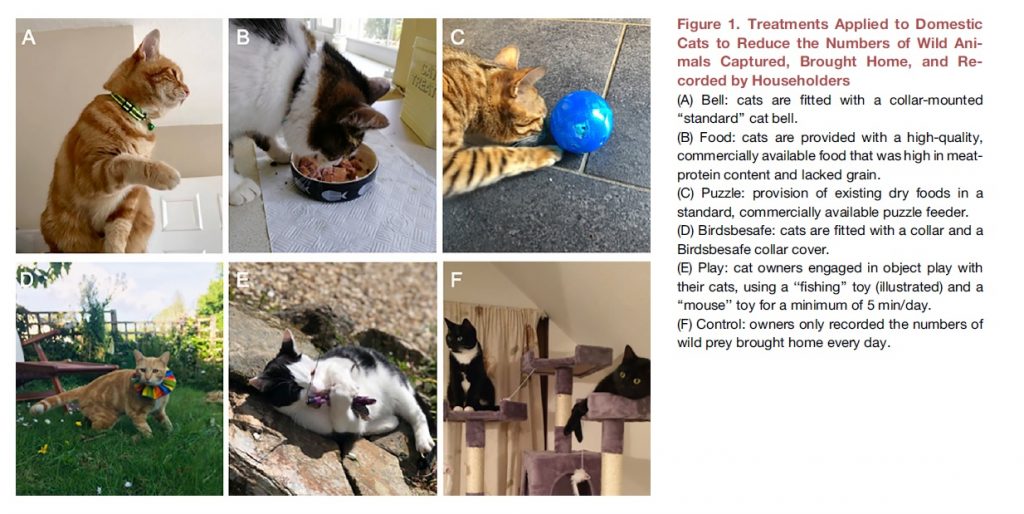
Each household was assigned to one of six conditions. The first intervention is commonly recommended to reduce bird hunting: a simple bell on a collar, which is thought to “warn” birds that a cat is coming for them. But many cat owners also report that their cats can figure out to move in a way that reduces the jingling of the bell. The researchers also fitted one group of cats with a Birdsbesafe collar, an adorable ruffle with bright colors that renders cats both ridiculous and more easily seen by birds.
The researchers also tested three non-wearable interventions: (1) feeding cats a high-meat content food, (2) playing with their cats with a fishing pole style toy for 5-10 minutes a day, or (3) providing their cat their regular food in a SlimCat food puzzle. Finally, there was a control group, cats for whom nothing was changed.
After a one-week introduction period to the intervention, the owners spent five weeks once again counting the killed prey that each households’ cats returned home with.
To assess the effects of the interventions, the researchers compared the number of prey animals (also teasing out the numbers for birds and mammals) captured and brought home before and during the intervention.
What the science found
The high-meat food and playtime reduced the total number of prey returned home AND the number of mammals killed, whereas households with the food puzzles found that their cats increased their hunting efforts. Only the high-meat food and Birdsbesafe collars had the effect of reducing bird kills. None of the interventions increased bird kills.
What should we conclude?
The high-meat food seemed to have the most consistent effect in reducing hunting behavior. Lest you think the food they used in the study must have magical properties…we must keep in mind that the researchers didn’t test the features of or control for the kind of food that participating cats’ were eating prior to the study, so we cannot conclude that the high-meat content of the food is what reduced hunting.
Was it the meat?
As cats hunt more when they are hungry AND cats can be attracted to novel food (but the effect can be dependent on their previous food experiences), it is possible that cats in the food treatment ate more before their typical hunting times, which would have reduced hunger and subsequently reduced hunting behavior. That said, 50% of the participants in the food treatment group said their cat did not like the wet version of the food offered, although cats were happy to chow down on the dry.
Although the food used in the study was “high-meat” content, it was not higher in protein (27%) than other commercial cat foods (e.g., Purina One, 38%; Wellness 40+%), and we don’t know if it was actually higher in meat content based on the information provided. (Side note: for more about reading pet food labels, check out this guide).
What else reduced hunting?
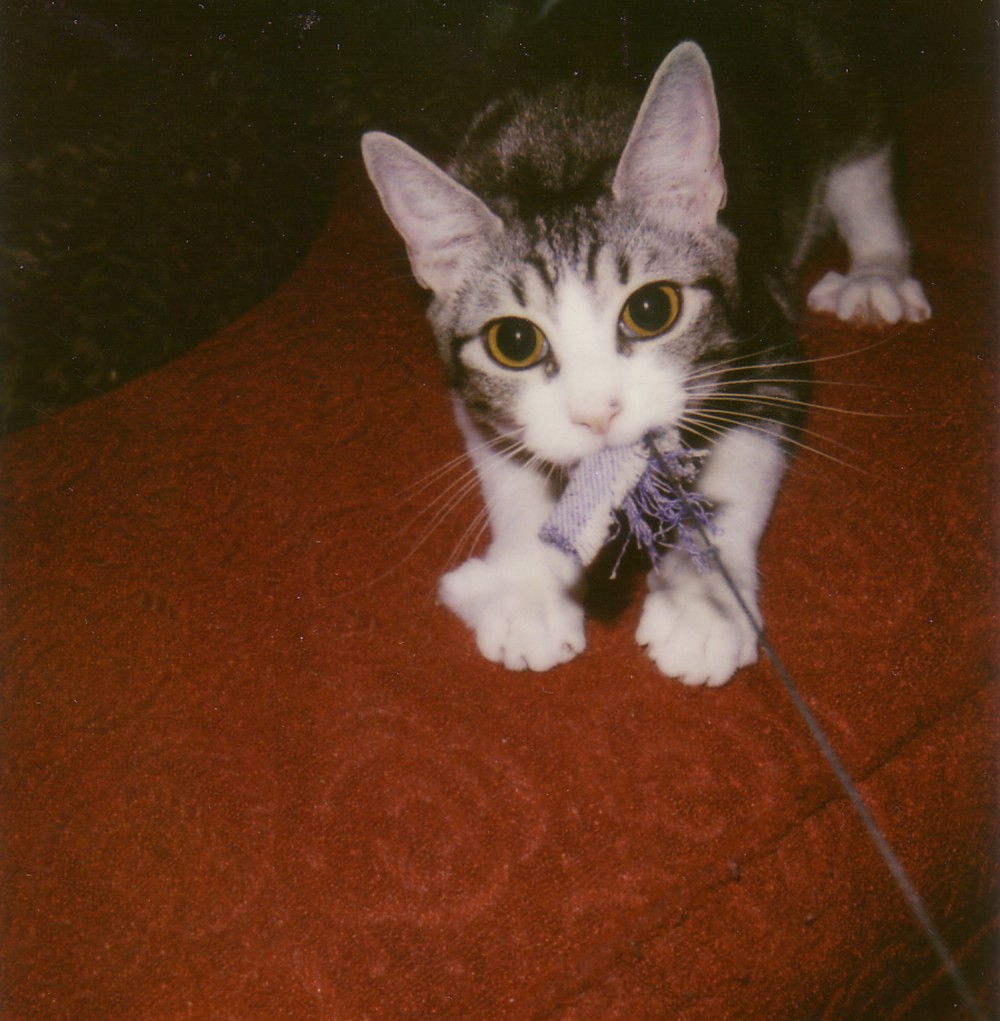
Interactive play seems to be beneficial for reducing the hunting of small mammals (e.g., mice and other rodents), and the Birdsbesafe collar reduced the number of birds killed (previous studies have also supported this finding).
What didn’t help?
The bell and the food puzzle had no beneficial effect. In fact, owners overwhelmingly said their cat was not interested in the food puzzle, and the cats in the puzzle condition were more likely to bring home small mammals. The researchers suggest that the increased hunting of cats in this condition could have been due to insufficient time to acclimate to the puzzle, and subsequent hunger or frustration (is it really easier to catch a mouse than roll a ball for some kibbles? C’mon kitties!!).
Another possibility we must consider is that the interventions didn’t reduce hunting, but just tendencies to return with prey. Because previous studies with collar cams have shown that cats do not bring all killed prey home, it’s impossible to know with certainty the impact of the interventions on hunting.
Why it matters
The interventions proposed are not harmful to cats, and some are likely beneficial! Over 75% of owners in the play condition intended to continue interactive playtime with their cat even once the study was over. As a huge proponent of playtime for cats, I’d call that a win for cats and a win for mice!!! Owners were less enchanted with the Birdsbesafe collar, describing it as “silly.” However, it’s an effective way to reduce bird predation, and hopefully more cat owners who let their cats roam outdoors will consider it.
Management of cat predatory behavior rarely considers what the cat wants! I love that in this study, the researchers looked at the effects of interventions that played into some of cats natural instincts and needs. Although I personally recommend that people keep their cats indoors with safe and controlled outdoor “fun time” (e.g., catios, enclosure yards, and harness walking), these findings are an important step in trying to meet the needs of cats and wildlife and humans.
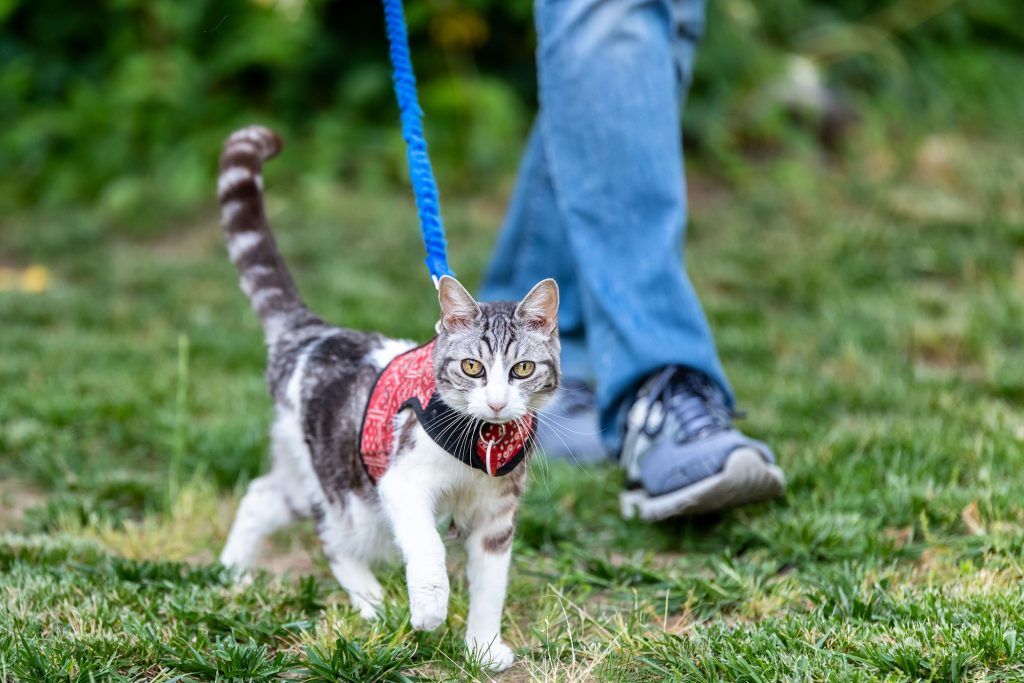
Reference: Martina Cecchetti, Sarah L. Crowley, Cecily E.D. Goodwin, Robbie A. McDonald. Provision of High Meat Content Food and Object Play Reduce Predation of Wild Animals by Domestic Cats Felis catus. Current Biology, 2021; DOI: 10.1016/j.cub.2020.12.044

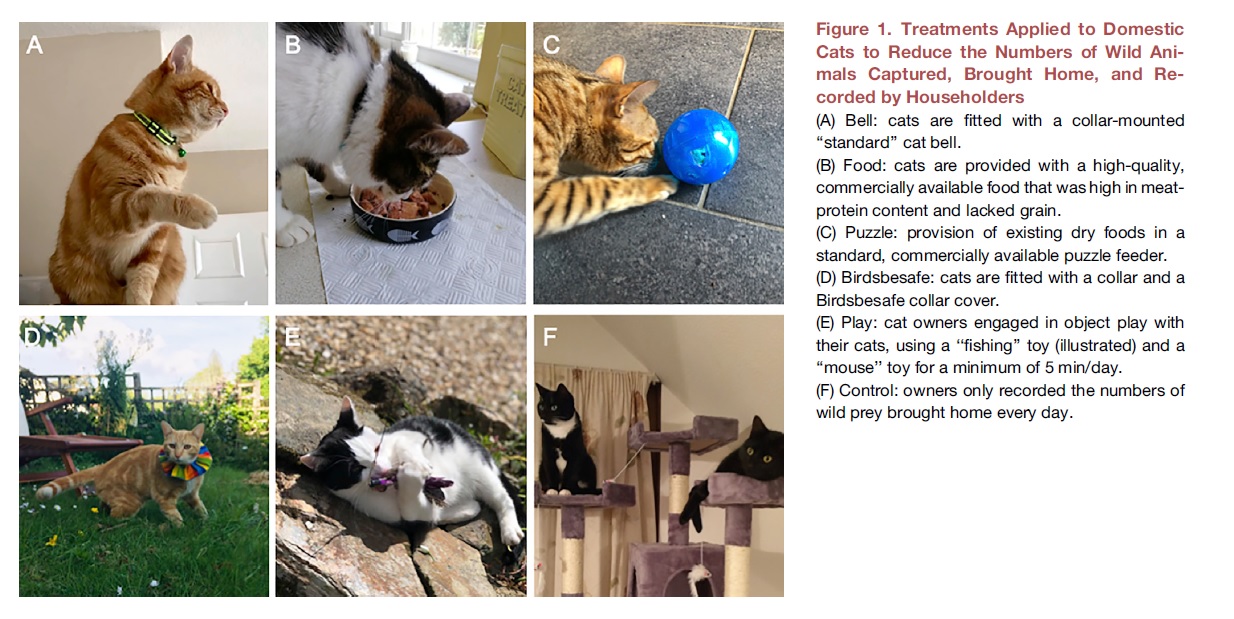
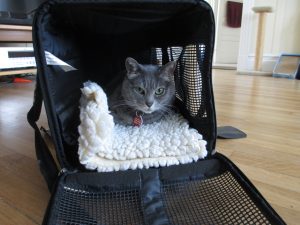
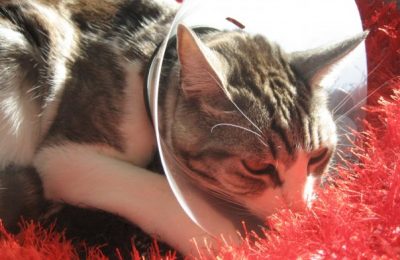
Age strongly influences predation. My younger cats (Feral and Barn rescues self adopted) still bring home live mice and baby bunnies but this is mostly seasonal behavior when prey is abundant. The older ones are slower and while they may hunt outside, it tends towards butterflies and grasshoppers as they have slowed down. Really no evidence of birds as prey from my cats here in Colorado. We do feed a high quality wet food with meat toppers daily and that may reduce killing of prey as these studies have shown.